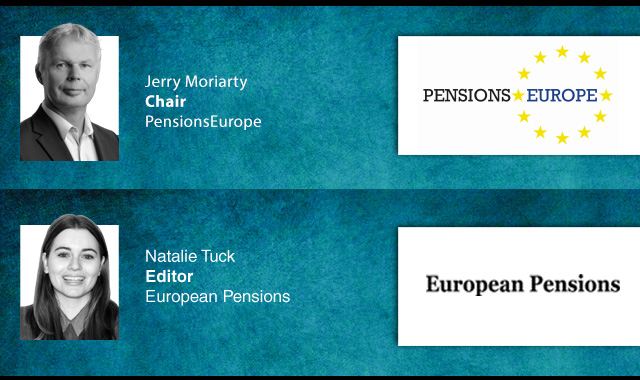Several Dutch pension funds have published their July funding updates, with all three reporting higher coverage ratios compared to the previous month.
Pensioen PostNL's current coverage ratio rose from 134.1 per cent in June to 135.7 per cent in July 2025.
The fund attributed the increase to higher interest rates and an uplift in the value of its investments.
Its policy funding ratio also improved to 132.3 per cent in July, compared to 133.3 per cent a year earlier.
Although the policy ratio is based on a 12-month average of current coverage levels, the latest figure reflected the recent rise, with the fund noting that the current ratio is now higher than at the same point in 2024.
Meanwhile, Pensioenfonds SNS Reaal reported a similar trend, with its current coverage ratio increasing to 128.9 per cent at the end of July, up from 126.9 per cent in June.
The fund cited modest investment gains and reduced liabilities, driven by higher interest rates, as the main factors behind the improvement.
Its policy funding ratio also ticked up to 121.3 per cent, from 120.5 per cent in June.
Overall, the fund’s assets stood at €3.34bn.
Pensioenfonds UWV likewise recorded a positive month, with its current coverage ratio climbing from 121.6 per cent in June to 123.1 per cent in July.
Its policy coverage ratio also edged higher, to 119.2 per cent from 118.8 per cent.
The figures follow comments from Aon Netherlands earlier this month, which credited the broader improvement in average Dutch pension fund coverage ratios to stronger equity markets and rising interest rates.
Aon also highlighted the recent easing of geopolitical tensions - particularly after the passage of the US ‘One Big Beautiful Bill Act’ - as having supported investor sentiment.
Looking ahead, however, Dutch schemes are preparing for major portfolio shifts as the country transitions to its new pension system.
Many funds are expected to sell “significant” volumes of long-dated government bonds in order to take on more investment risk and pursue higher returns, reducing their reliance on bonds as a hedge against interest rate movements.
Latest News
-
UK BPA market set to exceed £50bn in 2026 amid ‘strategic crossroads’ for trustees
-
36% of Finnish retirees think older workers are seen as a burden, Elo survey
-
41% of young Dutch adults say saving is most important financial resolution
-
Dutch pension funds mark key milestones in transition to new system
-
BNP Paribas brings AXA IM under single asset management platform following acquisition
-
Denmark’s Sampension acquires stakes in EU wind farms in two separate investments
Podcast: Stepping up to the challenge

In the latest European Pensions podcast, Natalie Tuck talks to PensionsEurope chair, Jerry Moriarty, about his new role and the European pension policy agenda
Podcast: The benefits of private equity in pension fund portfolios

The outbreak of the Covid-19 pandemic, in which stock markets have seen increased volatility, combined with global low interest rates has led to alternative asset classes rising in popularity. Private equity is one of the top runners in this category, and for good reason.
In this podcast, Munich Private Equity Partners Managing Director, Christopher Bär, chats to European Pensions Editor, Natalie Tuck, about the benefits private equity investments can bring to pension fund portfolios and the best approach to take.
In this podcast, Munich Private Equity Partners Managing Director, Christopher Bär, chats to European Pensions Editor, Natalie Tuck, about the benefits private equity investments can bring to pension fund portfolios and the best approach to take.
Mitigating risk
BNP Paribas Asset Management’s head of pension solutions, Julien Halfon, discusses equity hedging with Laura Blows
© 2019 Perspective Publishing Privacy & Cookies








Recent Stories